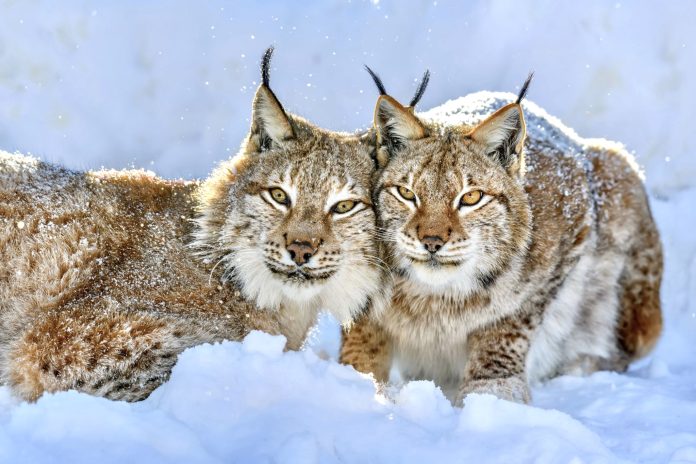
Wildlife Groups Secure Legal Agreement To Further Protect Canadian Lynx By Calling For A Revised Evaluation Of Their Habitat In The Southern Rockies
By Lauren Lewis
You can help all animals and our planet by choosing compassion on your plate and in your glass. #GoVeg
RELATED ARTICLES
Banning Cruelty: New Legislation Aims To Ban Octopus Farming In The U.S.
New bipartisan legislation has just been introduced in the U.S. to ban commercial octopus farming and prohibit imports of farmed octopus from foreign countries.
The...
Outrage In Yellowstone! Grizzly Bear Killed By Wildlife Officials & Left With Head & Paws Cut Off
Photo by: Trisha McFarland / Cowboy State Daily
A photo of a dead grizzly bear with its head and paws cut off has caused an...
Inside Florida’s Illegal Horse Meat Trade: Undercover Footage Shows Racehorse Being Shot & Butchered
A heart-wrenching discovery of illegal horse slaughter has emerged, with video footage exposing the tragic killing of a racehorse named 'Funny Biz,' who was...
Popular stories
Healthy Living
Starbucks Teams With Impossible Foods To Launch Plant-Based Breakfast Sandwich In The United States
Today, Starbucks customers across the United States can enjoy the Impossible Breakfast Sandwich available as part of the company's new summer menu alongside new cold...
! Featured Homepage_Top
U.S. House Of Representatives Passes Amendment Increasing Funding By $1.5 Million For The Protection Of Critically Endangered North Atlantic Right Whales
Yesterday, the United States House of Representatives approved an amendment to the fiscal year 2021 Commerce, Justice, and Science appropriations bill, increasing funding for monitoring...
News
Humane Society International Partners With Krakow Shelter For Homeless Animals In Poland To Care For 120 Homeless Dogs & Cats Rescued From Ukraine
Beata Zawrzel/APImages for HSUS
While Humane Society International (HSI) continues to distribute emergency supplies to refugees arriving with their pets at the border of Poland and...


